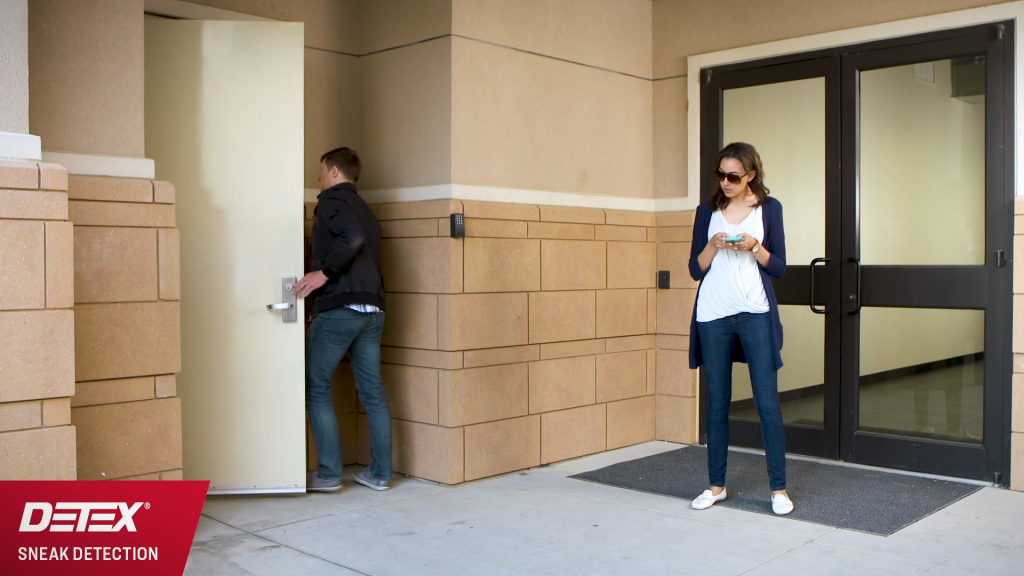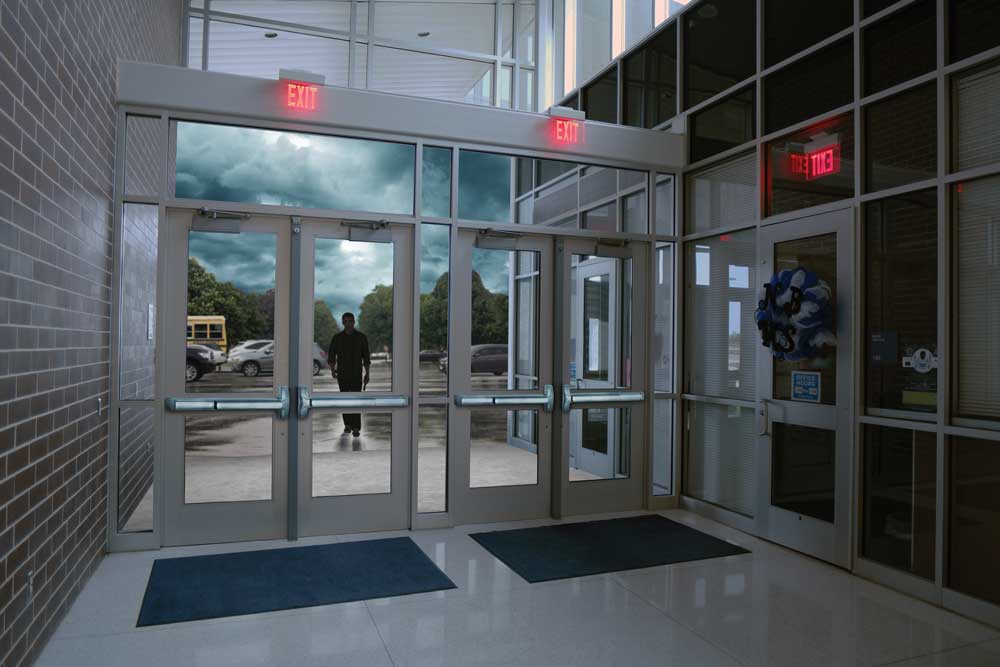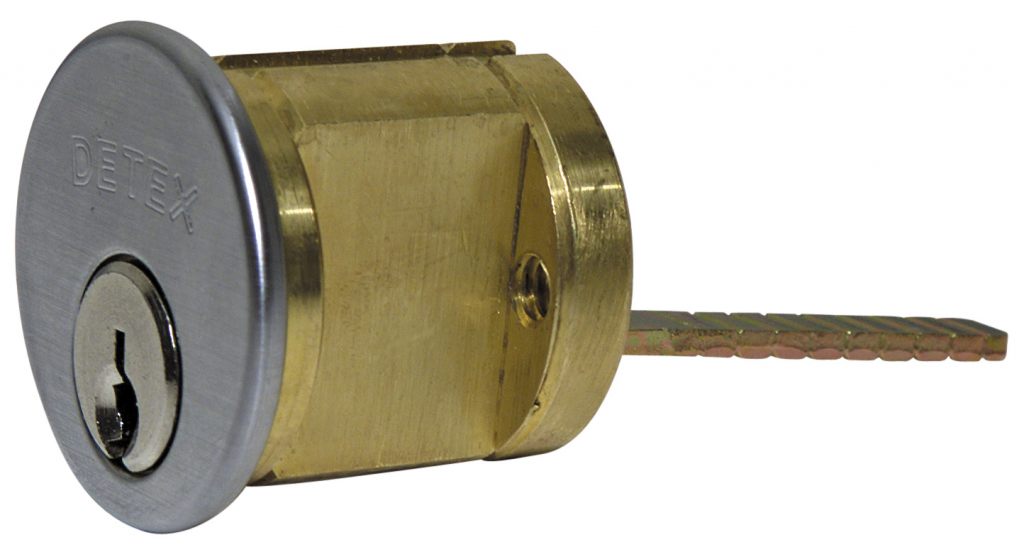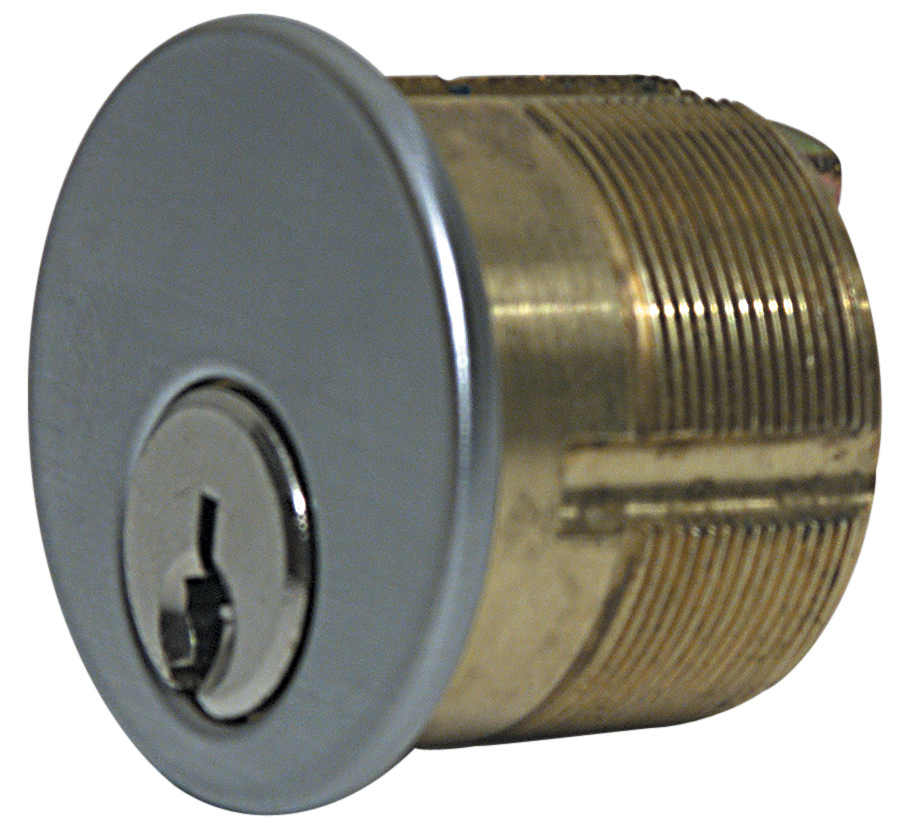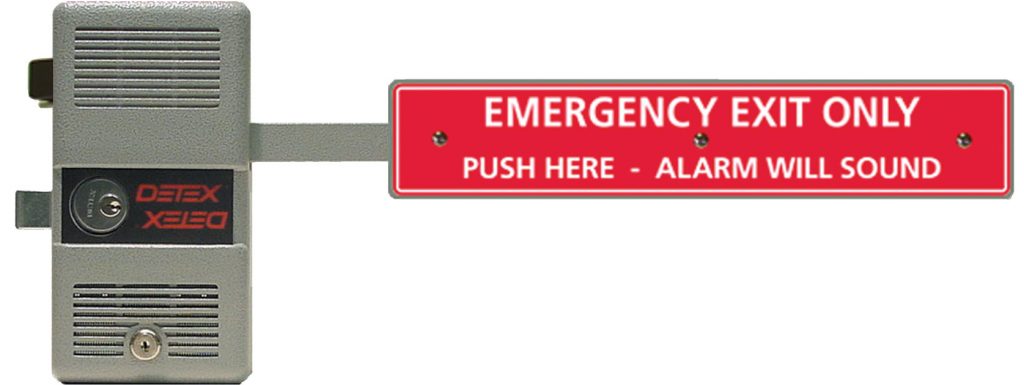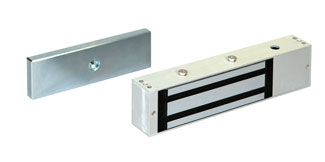With more outdoor areas needing to be secured, businesses and property owners are looking for new options for exterior security hardware that can serve their needs. The challenge is finding the security hardware solution that can stand up to the weather and application conditions. There are many options available for weatherized security hardware to satisfy outdoor applications. Always remember to refer to the local life safety codes when securing any gate.
Garden Centers & Lumber Yards

Garden centers and lumber yards need to have many entry points to move materials into the sales area, but they need to funnel the consumer traffic out through only one or two exit points. Garden-center environments tend to be more damaging to the gate hardware due to the weather, the constant spraying of water and the presence of fertilizers for maintaining live inventory; and those gates require hardware that is designed to withstand the rigors of that environment. The gates in these areas require security hardware that is either alarmed or equipped with delayed egress, which can be stand-alone or connected to the greater building security system.
Courtyards
Courtyards are another area that very often needs to be secured. Courtyards have traditionally been places for social gathering and for getting some fresh air at the workplace. But now, we find that many courtyards need to be protected with secured gates to keep the general public from entering and, more importantly, to keep the people in the courtyard from leaving the area unattended. This is especially critical at memory care facilities, preschools and playgrounds. One problem with this is that the courtyard is often also used as an emergency exit route, and people must have free egress to get away from the building in case of a fire or emergency exit situation.
Courtyard gates must allow for the mounting of weatherized security hardware. Currently the most common security hardware used on courtyard gates includes delayed egress. The delayed-egress function keeps the gate locked for 15 or 30 seconds while a local alarm sounds, after which the gate opens to allow free egress. The length of the delay is specified by the local municipality’s life safety codes. These systems can be stand-alone or they can be tied into the facility’s security system.
Swimming Pools

Outdoor swimming pools are probably the most common place to find security hardware securing a gate. Swimming pools are sources of considerable liability for their owners; security hardware is an ideal way for them to secure the area outside of normal operating hours and to prevent access by people who are not authorized to use the facility. Since the gates are outdoors, they should be secured with weatherized security hardware, which will often include top and/or bottom vertical rods. It is also typically tied into a security access system and a facility’s security monitoring system, including cameras.
Stadiums

Athletic stadiums often use many secured open-air gates. This applies to stadiums that are used for outdoor sports, such as football, baseball, soccer, lacrosse and others. These gates are typically used for deliveries and as an additional free exit after the game is over. Like courtyards, these gates allow must free egress in case of an emergency, but they must also be secured from unauthorized access or exit. The weatherized security hardware attached to these gates typically includes top and/or bottom vertical rods and is usually tied into the greater facility’s security system.
Storage Facilities
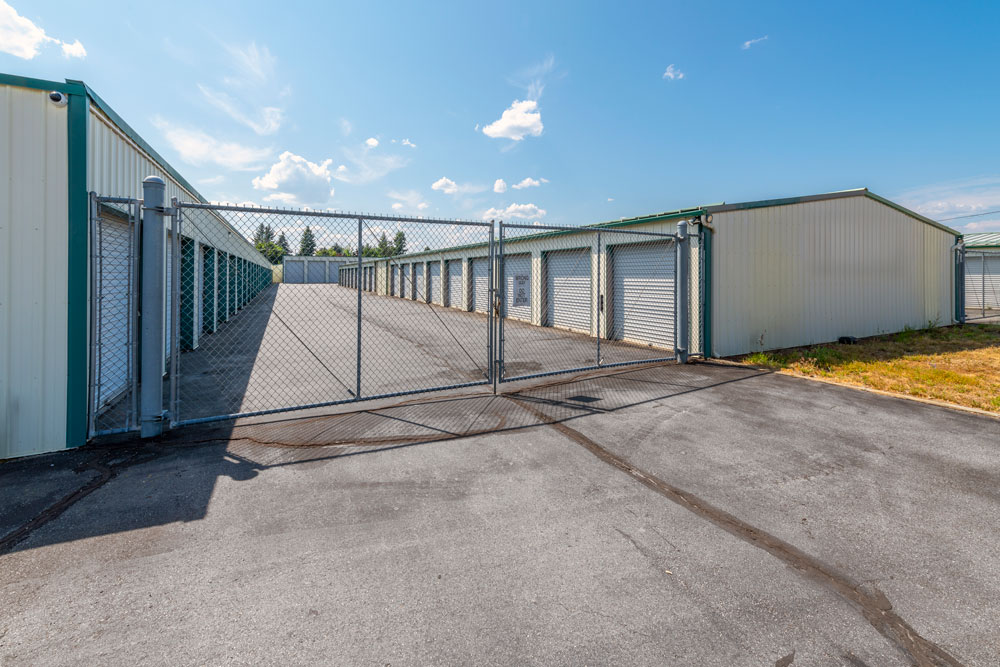
Storage facilities are also often controlled by secured gates. These businesses typically have a drive-in gate secured by an access control system, as well as a pedestrian gate that has access-controlled entrance and security hardware for exiting. This type of application usually includes weatherized security hardware with top and/or bottom vertical rods and is tied into a security system that monitors the entire facility and often includes security cameras.
Rooftops
Rooftop bars sometimes utilize a secured fence. Occupants of the bar must be able to evacuate in case of an emergency, but, for many reasons, routine use of that exit isn’t desirable for the establishment owners. This situation is similar to a courtyard because of the need for an emergency exit path. The weatherized security hardware can include delayed egress that provides a local audible alarm, and it can be tied into the security system that monitors the building and triggers the camera system. It can also be a stand-alone system with a local alarm.



